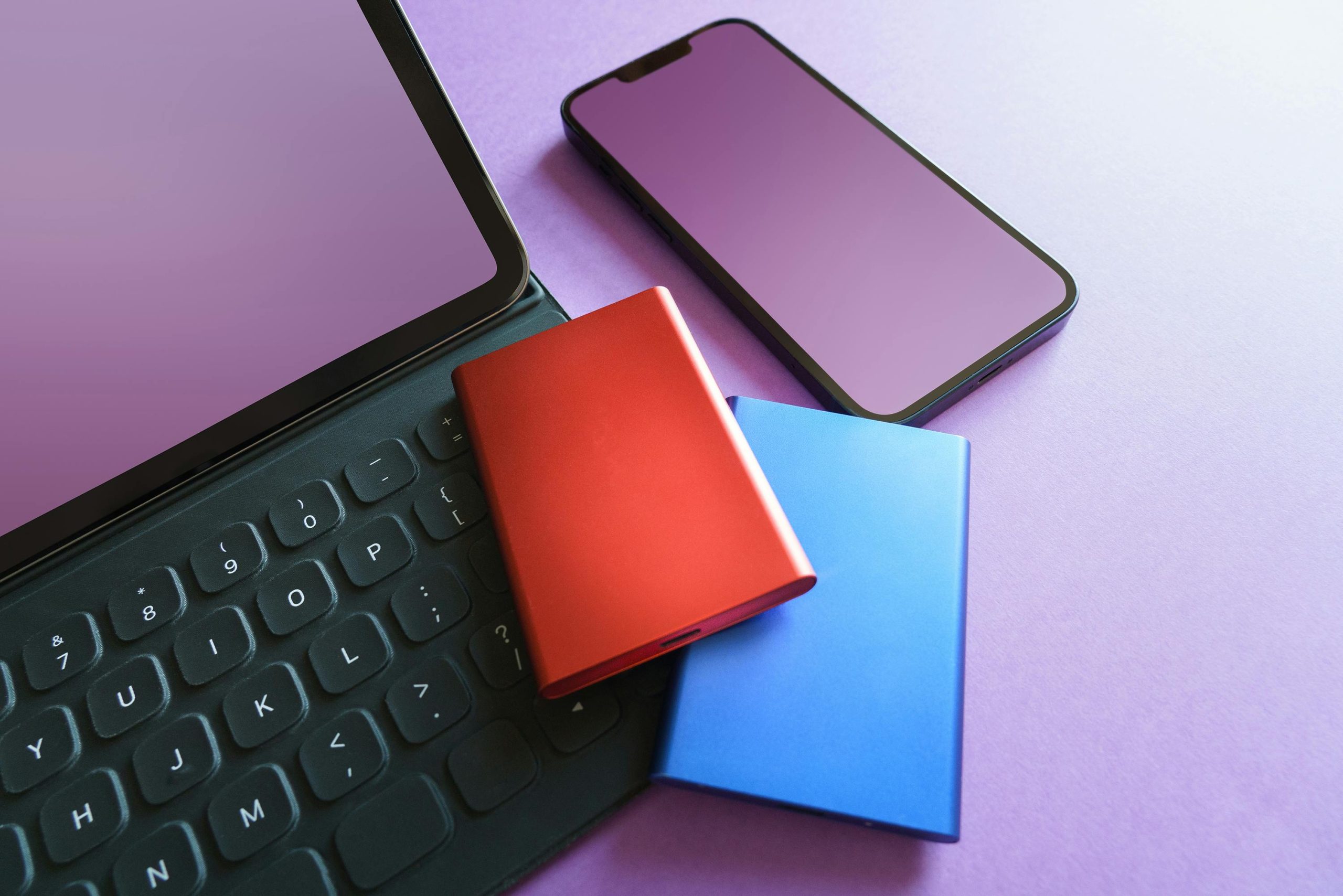In today’s fast-paced world, staying productive on the go is more important than ever. With smartphones becoming our primary tools for work and organization, building a mobile-friendly productivity system is essential. Whether you’re a busy professional, a student, or someone juggling multiple responsibilities, optimizing your workflow for mobile can save time, reduce stress, and boost efficiency. Here’s how to create a system that keeps you on track, no matter where you are.
Choose the Right Mobile Productivity Apps
The foundation of a mobile-friendly productivity system lies in selecting the right apps. With countless options available, focus on tools that sync seamlessly across devices and offer intuitive interfaces. Here are some must-have categories:
- Task Management: Apps like Todoist, Microsoft To Do, or TickTick help organize tasks with due dates, priorities, and reminders.
- Note-Taking: Evernote, Notion, or Google Keep allow you to capture ideas, meeting notes, and checklists on the fly.
- Calendar & Scheduling: Google Calendar or Apple Calendar ensure you never miss an appointment with real-time updates.
- Cloud Storage: Dropbox, Google Drive, or OneDrive keep files accessible from any device.
- Communication: Slack or Microsoft Teams streamline team collaboration, while email apps like Spark or Outlook keep your inbox organized.
Prioritize apps that integrate with each other to create a cohesive workflow. For example, linking your task manager to your calendar can help visualize deadlines more effectively.
Optimize Your Mobile Workflow
Once you’ve chosen your apps, the next step is to optimize how you use them. A cluttered or inefficient workflow defeats the purpose of mobile productivity. Follow these tips:
Keep It Simple
Resist the urge to overcomplicate your system. Stick to a few core apps and master their features. Too many tools can lead to confusion and wasted time switching between them.
Leverage Automation
Use built-in automation features or tools like IFTTT (If This Then That) or Zapier to connect apps and reduce manual work. For example, automatically save email attachments to cloud storage or add tasks from emails to your to-do list.
Organize with Folders and Labels
Create a logical structure for your files, notes, and tasks. Use folders, labels, or tags to categorize items for quick access. For instance, color-code calendar events or label tasks by project.
Enable Offline Access
Ensure critical apps work offline so you can stay productive even without an internet connection. Download important files or enable offline mode in apps like Google Docs or Evernote.
Design a Mobile-First Routine
Your productivity system should align with your daily habits. A mobile-first routine ensures you can manage tasks efficiently, even when you’re away from your desk. Here’s how:
Start with a Morning Review
Begin your day by checking your task manager and calendar. Prioritize your top three tasks and schedule time blocks for focused work. Mobile apps with widget support (like Todoist’s home screen widget) make this quick and easy.
Batch Similar Tasks
Group related activities—like responding to emails or making calls—into dedicated time slots. This minimizes context-switching and keeps your workflow smooth.
Use Voice Commands
Take advantage of voice assistants like Siri or Google Assistant to add tasks, set reminders, or dictate notes hands-free. This is especially useful when you’re on the move.
End with a Evening Wrap-Up
Review completed tasks, reschedule unfinished ones, and plan for the next day. A quick 5-minute reflection helps maintain momentum and reduces mental clutter.
Minimize Distractions
Mobile devices are powerful productivity tools, but they’re also sources of distraction. To stay focused:
- Turn Off Non-Essential Notifications: Disable alerts for social media or news apps during work hours.
- Use Focus Modes: Enable features like iOS’s Focus Mode or Android’s Digital Wellbeing to block distractions temporarily.
- Set App Limits: Restrict time spent on entertainment apps to avoid procrastination.
- Keep Your Home Screen Clean: Place productivity apps front and center, and tuck away less essential ones in folders.
By reducing interruptions, you’ll make the most of your mobile productivity system.
Regularly Review and Refine Your System
A productivity system isn’t static—it should evolve with your needs. Schedule weekly or monthly reviews to assess what’s working and what isn’t. Ask yourself:
- Are my apps still the best fit for my workflow?
- Are there new features or integrations I should be using?
- Am I consistently completing tasks, or do I need to adjust my approach?
Don’t hesitate to experiment with new tools or techniques. The goal is continuous improvement.
Building a mobile-friendly productivity system is about combining the right tools with smart habits. By choosing intuitive apps, optimizing your workflow, designing a mobile-first routine, minimizing distractions, and regularly refining your system, you can stay organized and efficient no matter where you are. Start small, stay consistent, and watch your productivity soar—even on the busiest days.


